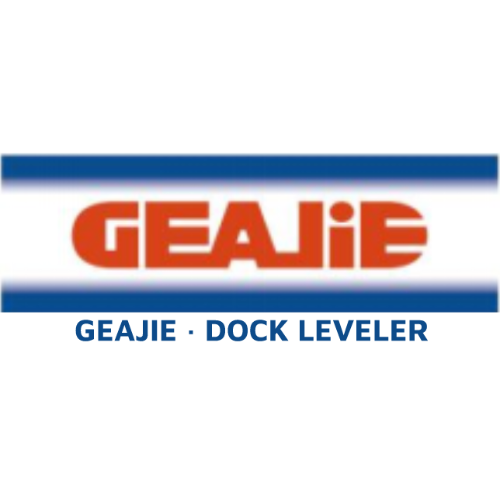Trusted by Fortune 500 logistics centers, our mechanical dock seals combine OZ22 coated fabric (750g/m²) with galvanized 60Si2Mn spring mechanisms to create airtight seals that withstand 50,000+ cycles. The only solution meeting EN 1398:2017 impact standards.
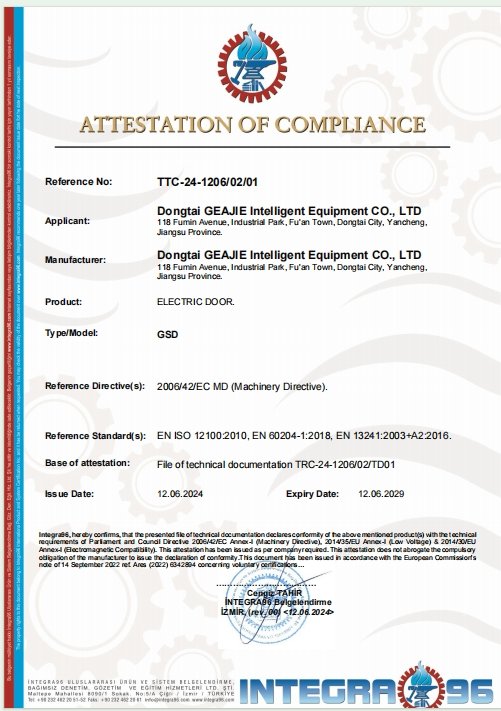
CE Certified: Our stacking doors adhere to European safety and quality regulations, offering you the assurance that they meet rigorous industry standards. Warranty: We provide a [X-year] warranty, ensuring the long-term performance and durability of your doors.
- More widely applicable to various transport vehicles, with less pressure on the building walls.
- The side frame features a retractable aluminum alloy structure, with the front and rear frames connected by retractable parallel rods. When a vehicle approaches, the structure compresses, and it automatically returns to its original shape after the vehicle departs.
- The front curtain is made of 3mm thick high-strength polyester PVC fabric, reinforced with double inner mesh, offering excellent impact and abrasion resistance.
- The side and top curtains are made of 1mm thick polyester PVC fabric, and the top structure is sloped for better drainage.
Universal Dock Seal – Gentle on Walls, Adaptable to Any Vehicle
Our universal dock seal is designed to fit all transport vehicles while applying minimal pressure to building walls. With multiple models available, we can meet even the most specialized loading dock requirements.
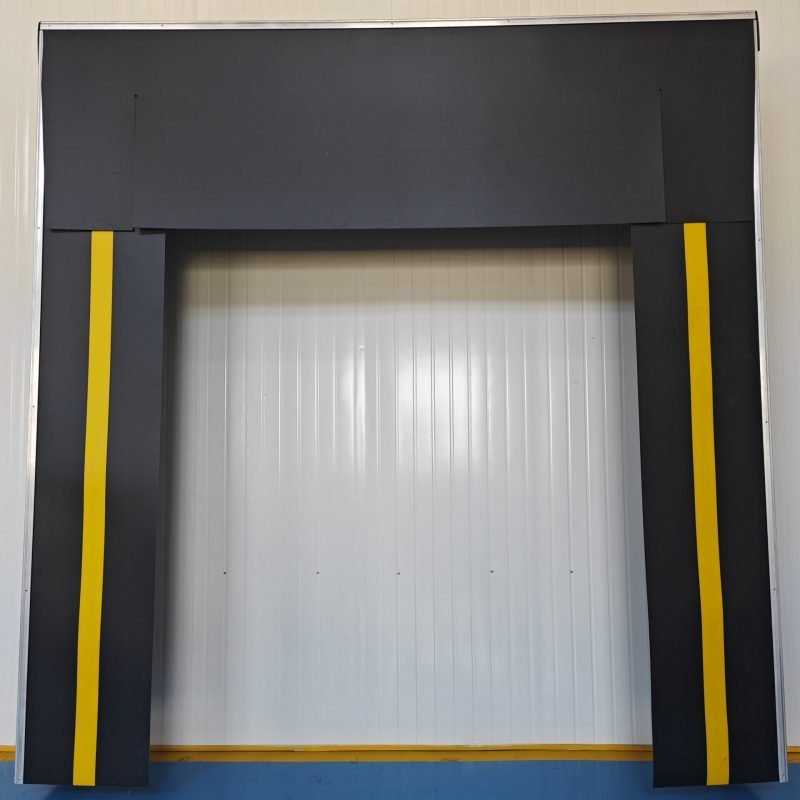
How Mechanical Dock Levelers Work:
Mechanical dock levelers use a spring-loaded system that allows them to be easily lifted and lowered manually. They are designed to bridge the gap between the dock and truck trailer, ensuring smooth and efficient loading and unloading. Once the truck is in position, the dock leveler can be raised and locked into place, providing a stable platform for forklifts and other loading equipment.
Customization Options:
Our mechanical dock levelers are available in a variety of sizes and capacities to meet the unique demands of your facility. You can choose from different load capacities, lip lengths, and deck materials to ensure the leveler fits your operational needs. Additional options include safety features such as integrated toe guards, dock bumpers, and custom paint finishes to match your facility’s branding or safety guidelines.

How Mechanical Dock Levelers Work:
Mechanical dock levelers use a spring-loaded system that allows them to be easily lifted and lowered manually. They are designed to bridge the gap between the dock and truck trailer, ensuring smooth and efficient loading and unloading. Once the truck is in position, the dock leveler can be raised and locked into place, providing a stable platform for forklifts and other loading equipment.
Customization Options:
Our mechanical dock levelers are available in a variety of sizes and capacities to meet the unique demands of your facility. You can choose from different load capacities, lip lengths, and deck materials to ensure the leveler fits your operational needs. Additional options include safety features such as integrated toe guards, dock bumpers, and custom paint finishes to match your facility’s branding or safety guidelines.

High-Strength PVC & Auto-Retracting Frame
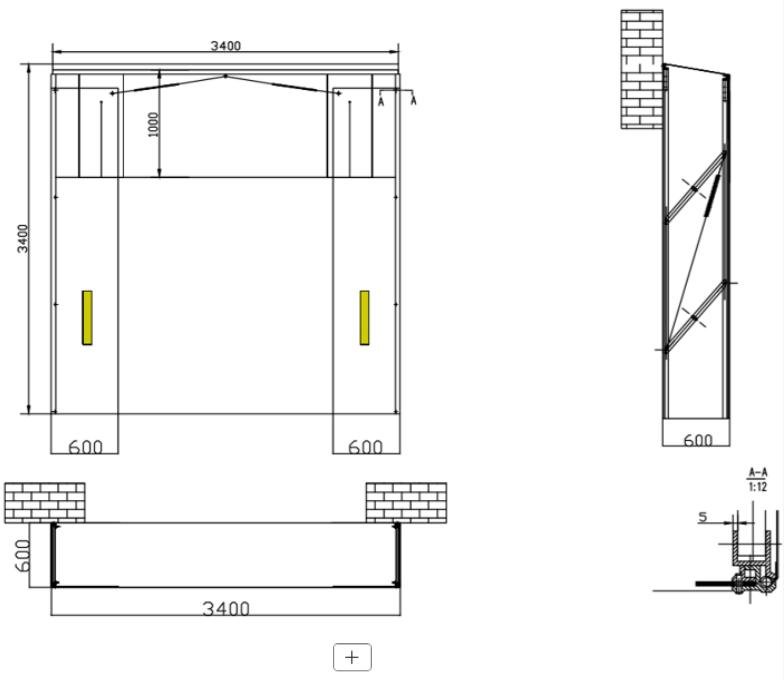

Mechanical dock seals prevent external air from entering your facility during loading and unloading, ensuring energy efficiency and a secure internal environment. They also protect your goods from temperature changes and external contaminants.
With proper maintenance, our dock seals are built to last for many years. However, their lifespan depends on the frequency of use and environmental conditions. Regular inspections can help extend their life.
Yes, our dock seals are available in a variety of sizes and compression ranges, designed to accommodate different truck sizes and docking environments. Custom fits are also available.
Our mechanical dock seals are constructed from high-tensile fabrics and heavy-duty foam, ensuring durability and resistance to wear and tear. These materials are designed to withstand extreme weather conditions and constant use in high-traffic environments.
Routine maintenance, such as cleaning and inspecting for wear, will help ensure your dock seals remain effective. We recommend checking for signs of damage or compression loss and addressing any issues promptly to maintain optimal performance.
Yes, by providing a tight seal between the dock and truck, mechanical dock seals help create a more stable and secure environment for workers during loading and unloading. This minimizes the risk of accidents caused by weather, debris, or temperature fluctuations.
Absolutely. We offer fully customizable mechanical dock seals to fit the specific needs of your facility. Whether you need custom dimensions, materials, or specialized mounting options, our team can design a solution tailored to your requirements.
By preventing air leakage and maintaining a consistent internal environment, mechanical dock seals help reduce the energy required to heat or cool your facility. This results in lower utility costs and a more sustainable operation over time.
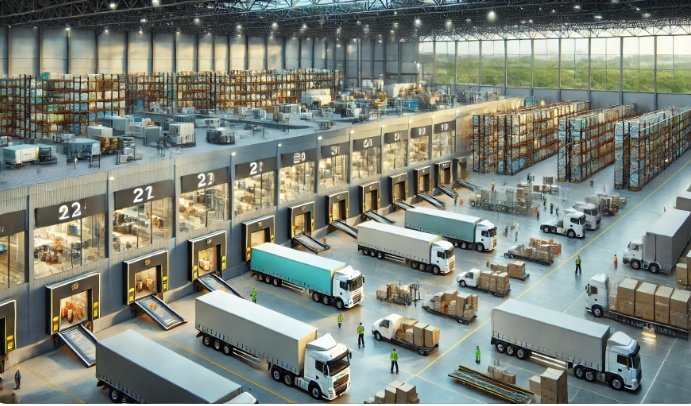
Success Story 1: Enhancing Energy Efficiency for a Cold Storage Facility
Client: Leading Cold Storage Provider in Korea
Challenge: The client was facing significant energy losses due to air leakage during loading and unloading operations. Their existing dock setup was not properly sealed, causing temperature fluctuations that compromised their cold storage standards and led to increased energy consumption.
Solution: We provided custom-designed mechanical dock seals tailored to their specific dock and truck configurations. The seals were made from high-tensile fabric and reinforced with heavy-duty foam, ensuring maximum durability and tight compression against the truck trailers.
Results: After installation, the client experienced a dramatic reduction in energy loss, maintaining a stable internal temperature during loading and unloading. The improved seal also reduced the strain on their refrigeration systems, leading to a 15% decrease in overall energy costs. Additionally, the seals provided better protection from external contaminants, helping the client maintain product quality and safety standards.
Success Story 2: Increasing Operational Efficiency for a High-Traffic Warehouse
Client: Logistics Company Operating a High-Volume Distribution Center in Vietnam
Challenge: The client was dealing with frequent delays in their loading and unloading processes due to poor dock sealing, which resulted in weather exposure and debris entering the facility. This led to operational inefficiencies, safety risks, and increased cleanup efforts.
Solution: We installed heavy-duty mechanical dock seals designed for high-traffic use. The seals featured a robust foam core and flexible fabric that could withstand continuous use without losing compression. We also customized the size of the seals to accommodate the client’s variety of truck sizes.
Results: The new mechanical dock seals provided a tight seal during every loading cycle, regardless of truck type. This not only improved operational efficiency by reducing the time spent managing external elements but also enhanced safety for workers by keeping the dock area clear of debris. As a result, the client reported a 20% improvement in loading times and a significant reduction in safety incidents related to weather exposure.

Effective Sealing Between Trucks and Warehouses: Are you looking for a solution that provides excellent sealing between trucks and warehouses, protecting against wind, rain, dust, and air flow to improve the working environment?
Energy Efficiency and Safe, Efficient Loading Operations: Do you need a product that helps enhance energy efficiency in warehouses and ensures safe and efficient loading and unloading operations?
High Versatility, Wide Applicability, and Cost-Effectiveness: Are you seeking a sealing solution that is highly versatile, widely applicable, and offers a high cost-effectiveness for various settings?
Suitable for High Sealing Requirements: Do you require a product for environments with high sealing requirements, such as precision manufacturing, food processing, pharmaceuticals, supermarkets, distribution centers, and cold chain storage?
Broad Compatibility with Various Vehicle Types: Are you looking for a solution that is compatible with a wide range of transport vehicles and exerts minimal pressure on building walls?
Automatic Shape Recovery After Vehicle Departure: Do you need a product that automatically returns to its original shape after vehicles leave, ensuring ease of use and durability?
High Resistance to Impact and Wear: Are you concerned about finding a solution with excellent impact and wear resistance to withstand frequent use and harsh conditions?
Ease of Top Drainage: Do you need a product that facilitates easy drainage from the top, especially in wet conditions?
Mechanical dock seals are an ideal solution for improving the seal between vehicles and warehouses. They not only protect the internal environment of the warehouse but also enhance operational efficiency and reduce energy consumption. Here are the main reasons to choose mechanical dock seals:
Excellent Sealing Performance
Mechanical dock seals are made from durable, abrasion-resistant fiber materials that tightly seal around the perimeter of trucks or containers. This design effectively prevents wind, rain, dust, and external hot air from entering, while retaining the cold air inside cold storage facilities. This helps maintain stable internal temperatures, reducing energy consumption.Strong Protective Capabilities
The canopy of mechanical dock seals is designed to withstand strong wind pressure and heavy snow loads, maintaining effective sealing even in harsh weather conditions. This protection not only shields goods from external environmental factors but also prevents the warehouse air quality from being compromised by outside contaminants.Space-Saving Design
For specific loading and unloading scenarios, the loading platform can be positioned outside the building, combined with a mechanical dock seal and loading canopy to create an independent loading area. This setup minimizes the space used inside the warehouse and allows the loading area to be moved as needed, facilitating easier cargo handling and vehicle maneuvering.Multiple Design Optimizations
Mechanical dock seals come with several design features that enhance their functionality and durability:- Retractable Frame Design: The hinged frame design allows flexibility when vehicles approach, preventing damage.
- Top Drainage System: The sloped top frame design facilitates rainwater drainage, preventing water accumulation.
- Steel Protection Devices: Steel guards protect the dock seal and cargo from damage during loading and unloading, reducing maintenance needs.
- Bottom Corner Pads: These pads keep the curtain in a vertical position, enhancing sealing performance.
Sturdy Structural Design
The robust structure of mechanical dock seals effectively prevents the side frames from bulging under heavy pressure, ensuring long-term stability and safety.Available in Various Sizes and Specifications
Dock seals can be designed in multiple sizes and specifications to accommodate different vehicle types and load capacities, ensuring they meet a wide range of loading and unloading needs.
Choosing mechanical dock seals can significantly improve sealing effectiveness, provide strong protective capabilities, save warehouse space, and reduce energy consumption, making them an ideal solution for optimizing logistics and warehousing operations.
A mechanical dock seal is a device used to seal the gap between a truck and a loading area, commonly found in warehouses, distribution centers, and food processing facilities where it is important to protect goods from external elements. It provides an effective seal, preventing dust, rain, and cold air from entering the interior, ensuring safety and efficiency during loading and unloading. Below are the steps and precautions for using a mechanical dock seal to ensure safe and effective operation.
1. Inspect the Condition of the Dock Seal
- Before use, inspect the mechanical dock seal to ensure the seal pads, frame, and support structure are free from cracks, deformation, or damage.
- Check all fasteners and fixings (such as bolts and nuts) to ensure they are secure and not loose.
- Examine the wear-resistant parts to ensure there is no excessive wear and that they still provide an effective seal.
2. Prepare the Loading Area
- Clear the area around the dock seal, removing any items that might obstruct its function, such as tools, debris, or other equipment.
- Ensure the truck is properly positioned and use wheel chocks to prevent the vehicle from moving during loading or unloading.
3. Properly Align the Truck
- Guide the truck to back up slowly and align with the mechanical dock seal.
- When the truck is properly parked, ensure the perimeter of the truck bed is tightly aligned with the seal pads to create a good seal and prevent external elements from entering.
4. Verify the Seal Position
- Confirm that the truck is correctly aligned with the dock seal and that the seal pads are in close contact with the truck body for an effective seal.
- Ensure the dock seal does not move or deform during the loading and unloading process to maintain sealing performance.
5. Begin Loading and Unloading Operations
- Once the truck is securely docked and properly aligned, open the truck doors and begin the loading or unloading process.
- Ensure goods are safely loaded and unloaded, avoiding any impact or damage to the dock seal.
6. Complete the Loading and Unloading Process
- After loading or unloading is completed, check that all goods are safely loaded or unloaded and close the truck doors.
- Guide the truck to slowly pull away from the loading area, ensuring the dock seal is not pulled or damaged.
7. Clean and Maintain the Dock Seal
- After use, inspect the dock seal for any damage or wear.
- Regularly clean the dock seal to remove dust and debris, keeping the seal pads and frame clean.
- Check all moving parts and fasteners, and perform necessary maintenance to ensure they operate properly.
Precautions
- When using the dock seal and loading goods, wear appropriate protective gear such as gloves and safety shoes.
- Avoid guiding the truck too quickly when docking to prevent hitting the dock seal and causing damage.
- Ensure all operators are familiar with the proper usage and safety precautions for the mechanical dock seal.
- If any abnormalities or damage are detected during use, stop using the dock seal immediately and contact a professional technician for inspection and repair.
By following these steps and precautions, you can ensure the safety and effectiveness of the mechanical dock seal, improve loading efficiency, and extend the equipment’s service life.
Dock Seals Producer in China
Providing high-quality dock levelers designed for efficiency, safety, and durability to meet your logistics and material handling needs.

What Types of DOCK LEVELER Are Included?
Explore the various types and key features of our high-performance dock levelers, designed to enhance the efficiency of your loading and unloading operations.
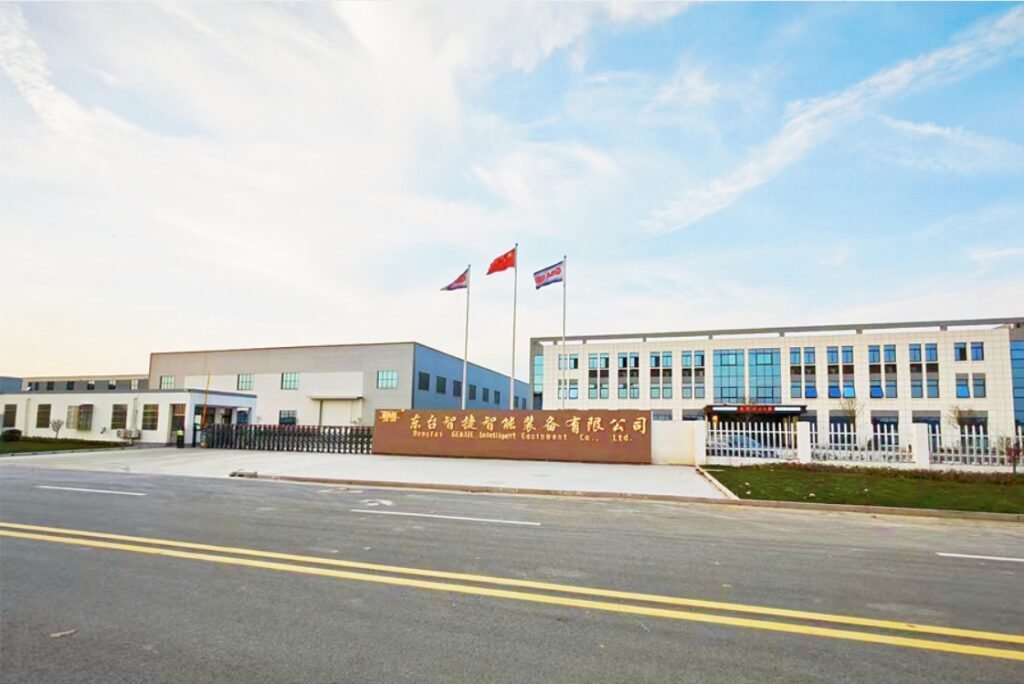
Your Reliable Partner for Dock Levelers
As your reliable partner, we provide high-quality dock levelers designed to enhance the efficiency and safety of your loading and unloading operations. Our solutions are tailored to meet your specific needs, ensuring seamless and reliable performance in all environments.
Our product is durable for diverse applications.
Our team can quickly respond and resolve your issues.
With 10+ years in logistical equipment manufacturing.
Geajie’s equipment meets all your logistical needs.
From Design to Deployment: Ensuring Quality and Reliability
Design and Engineering:
Using advanced CAD software, we create precise blueprints and models tailored to client specifications.
Material Selection:
High-quality materials, including steel and reliable hydraulic and electrical components, are chosen for durability.
Cutting and Fabrication:
Steel sheets and components are laser or plasma cut, welded, and fabricated into the dock leveler’s basic structure.
Assembly:
Fabricated components, hydraulic cylinders, pumps, and other essential parts are assembled.
Surface Treatment:
The dock leveler is sandblasted and coated or painted for corrosion and wear protection.
Quality Control:
Dimensional checks, weld inspections, and functional tests are conducted throughout the process.
Hydraulic and Electrical System Installation:
Hydraulic and electrical systems are installed and tested for smooth and reliable operation.
Final Inspection and Testing:
Comprehensive final inspection and testing verify correct and safe operation, including load testing and safety checks.
Unmatched Safety
Geajie's dock levelers, made with top-quality materials and advanced safety features, ensure stable, secure operations and minimize accident risks.
Cargo Protection
Our dock levelers are designed to provide a seamless transition between the dock and the vehicle, minimizing the risk of damage to your cargo. This ensures that your goods remain in optimal condition during loading and unloading.
Increased Efficiency
Our dock levelers minimize downtime and boost productivity, allowing you to handle high volumes smoothly and efficiently with ease.
Industry Compliance
Geajie dock levelers meet all relevant industry standards and certifications, ensuring that your operations are compliant with regulations. This enhances your business’s reputation and gives you peace of mind.
Durability and Reliability
Built for heavy usage and harsh environments, our dock levelers promise durability, ensuring reliability and reducing maintenance costs.
Custom Solutions
We understand that every business has unique requirements. Geajie offers customizable dock leveler solutions to meet your specific needs, ensuring optimal performance and efficiency in your operations.
Unmatched Versatility
Geajie offers hydraulic, mechanical, and air-powered dock levelers tailored to various applications and specific needs.
Budget Friendly
Investing in Geajie dock levelers means investing in quality and longevity. Our products reduce the need for frequent replacements and repairs, providing a cost-effective solution for your business.
Dock levelers are essential components in the loading and unloading processes in warehouses, distribution centers, and industrial facilities. They bridge the gap between a loading dock and a truck or trailer, ensuring smooth and safe transfer of goods. Here is a detailed overview of the construction of dock levelers:
*Frame and Structure
- Material: High-strength steel or reinforced aluminum for durability and load-bearing capacity.
- Design: Heavy-duty frame with welded construction to withstand continuous use and heavy loads.
- Surface: Anti-slip surface to ensure safety during operation.
*Platform
- Material: Robust steel plate, often with a diamond tread pattern for additional grip.
- Thickness: Typically ranges from 6mm to 10mm, depending on the load capacity required.
- Reinforcement: Cross members or beams underneath the platform to provide extra strength and rigidity.
*Lip
- Type: Hinged or telescoping lip to extend and bridge the gap to the truck bed.
- Material: Same high-strength steel as the platform, often reinforced for added durability.
- Length: Usually between 300mm to 500mm, adjustable to accommodate different truck heights.
*Hydraulic or Mechanical System
- Hydraulic System: Uses hydraulic cylinders and pumps to raise and lower the platform and lip.
- Cylinders: Typically made of steel, designed to handle high pressures.
- Pumps and Motors: High-efficiency units to ensure smooth operation.
- Mechanical System: Uses springs and levers for manual operation.
- Springs: Heavy-duty, often torsion or extension types.
- Levers and Chains: Made from high-grade steel to ensure longevity and reliability.
*Control System
- Electrical Controls: For hydraulic systems, includes push-button controls for easy operation.
- Safety Features: Includes emergency stop buttons, safety interlocks, and warning alarms.
- Manual Controls: For mechanical systems, includes pull chains or levers for manual engagement.
*Safety Features
- Safety Legs: Prevents the dock leveler from falling if the hydraulic system fails.
- Side Guards: Protects against foot entrapment and provides additional safety for operators.
- Maintenance Strut: Holds the dock leveler in a raised position during maintenance.
*Finish and Coating
- Protective Coating: Epoxy or powder coating to resist corrosion and wear.
- Color Coding: Often painted in high-visibility colors to enhance safety and visibility.


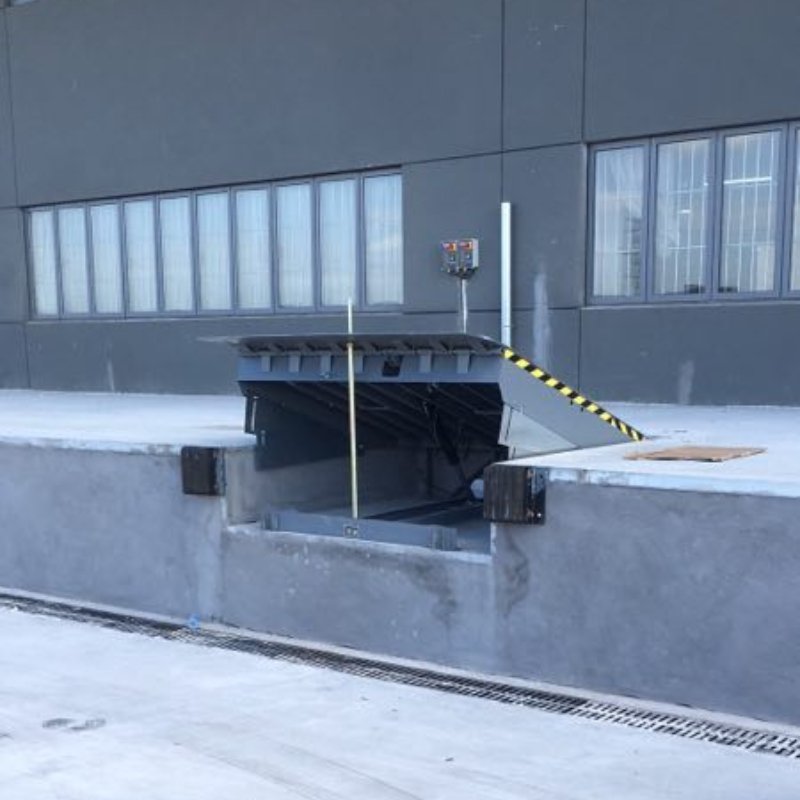




Dock levelers play a crucial role in various industrial and commercial settings, facilitating efficient and safe loading and unloading processes. Here are some common applications of dock levelers:
1. Warehouses and Distribution Centers
- Purpose: Streamline the loading and unloading of goods, ensuring smooth transition between trucks and the dock.
- Benefits: Reduces loading times, minimizes labor costs, and enhances safety by providing a stable bridge.
2. Manufacturing Plants
- Purpose: Facilitate the movement of raw materials and finished products between delivery trucks and the production floor.
- Benefits: Increases operational efficiency, reduces handling time, and prevents damage to goods.
3. Retail and Wholesale Outlets
- Purpose: Enable efficient handling of large volumes of merchandise, ensuring timely stocking of shelves.
- Benefits: Improves inventory management, reduces downtime, and ensures a steady supply of goods.
4. Food and Beverage Industry
- Purpose: Ensure the safe and hygienic transfer of perishable goods from trucks to storage facilities.
- Benefits: Maintains product integrity, prevents contamination, and meets regulatory compliance for food safety.
5. Pharmaceutical and Healthcare Facilities
- Purpose: Manage the secure transfer of medical supplies, pharmaceuticals, and equipment.
- Benefits: Ensures timely delivery, maintains the quality of sensitive products, and enhances overall logistics efficiency.
6. Cold Storage and Refrigeration Units
- Purpose: Maintain the cold chain during the transfer of temperature-sensitive products.
- Benefits: Preserves the quality and shelf life of perishable goods, prevents spoilage, and meets industry standards for cold storage.
7. Automotive Industry
- Purpose: Handle the transfer of automotive parts and components between delivery trucks and the assembly line.
- Benefits: Increases productivity, reduces handling damage, and streamlines the supply chain.
8. Logistics and Freight Companies
- Purpose: Ensure efficient and safe loading and unloading at various transportation hubs.
- Benefits: Enhances turnaround times, reduces labor costs, and minimizes the risk of accidents.
Specialized Applications
1. High-Capacity Dock Levelers
- Purpose: Handle heavy loads such as machinery, steel coils, and other industrial equipment.
- Benefits: Provides robust support for extremely heavy weights, ensuring safety and efficiency.
2. Dock Levelers with Integrated Safety Features
- Purpose: Provide additional safety measures for environments with high traffic or hazardous materials.
- Benefits: Prevents accidents, protects workers, and complies with stringent safety regulations.
3. Customizable Dock Levelers
- Purpose: Tailor specifications to meet unique operational requirements.
- Benefits: Ensures compatibility with specific applications, enhances operational efficiency, and meets bespoke needs.
Key Considerations for Choosing Dock Levelers
- Load Capacity: Ensure the dock leveler can handle the maximum weight of the loads being transferred.
- Platform Size: Select a size that accommodates the types of vehicles and cargo being handled.
- Operation Type: Choose between hydraulic, mechanical, or air-powered systems based on your facility’s needs and budget.
- Safety Features: Look for safety legs, side guards, and emergency stop mechanisms.
- Durability and Maintenance: Opt for materials and construction that offer long-term durability and ease of maintenance.
Dock levelers are indispensable in various industries, enhancing the efficiency and safety of loading and unloading operations. Understanding the specific applications and requirements will help in selecting the right dock leveler for your facility.
Your Trustworthy Dock Leveler Supplier
At Geajie, we understand the critical role that dock levelers play in your daily operations. Our top-of-the-line dock levelers are designed to ensure seamless transitions between your loading docks and transport vehicles, enhancing both efficiency and safety. With a commitment to durability and reliability, our products are built to withstand the demands of high-traffic industrial environments.
Trust Geajie to be your reliable partner in streamlining your logistics processes. Our expert team is dedicated to providing personalized support, ensuring that you receive the right dock leveler solutions tailored to your specific needs. Enhance your operational efficiency and safeguard your valuable goods with Geajie’s superior dock levelers.
Geajie Industry ensures that our products' quality and performance remain industry-leading.
What industries can benefit from Geajie's products?
Geajie’s products are designed to serve a wide range of industries including logistics, manufacturing, food processing, retail, and more, offering solutions that enhance efficiency, safety, and sustainability.
How do Geajie's dock levelers improve operational efficiency?
Our dock levelers streamline the loading and unloading process, reducing downtime and facilitating smoother transitions of goods, which in turn boosts overall operational speed and reduces costs.
Are Geajie's industrial doors customizable?
Yes, Geajie’s industrial doors are customizable to meet specific operational requirements, including size, material, and integrated technology features, ensuring a perfect fit for every facility.
What safety features are included in Geajie's products?
Geajie’s products come equipped with various safety features, including emergency stop functions, anti-crush mechanisms, and safety sensors, all designed to protect employees and assets.
How do Geajie's dock seals contribute to energy efficiency?
Our dock seals create an airtight seal when a truck is docked, preventing air leakage, enhancing thermal efficiency, and leading to significant energy savings and reduced environmental impact.
Can Geajie provide customized solutions for unique industrial challenges?
Absolutely, Geajie specializes in developing customized solutions tailored to address the unique challenges and requirements of different industrial settings, ensuring optimal performance and satisfaction.
What post-purchase support does Geajie offer?
Geajie offers comprehensive post-purchase support, including installation, maintenance, and repair services, ensuring that our products continue to operate efficiently and effectively over their lifespan.
How does Geajie ensure the quality and durability of its products?
We adhere to strict quality control processes, use premium materials, and conduct rigorous testing on all our products to ensure they meet the highest standards of quality and durability.
Join the league of industry leaders enhancing their operations with Geajie. Reach out now to revolutionize your industrial access solutions.
When vehicles are loaded and unloaded from the dock, the dock shelter covers the rear of the vehicle, providing excellent sealing and dust-proofing effects.



